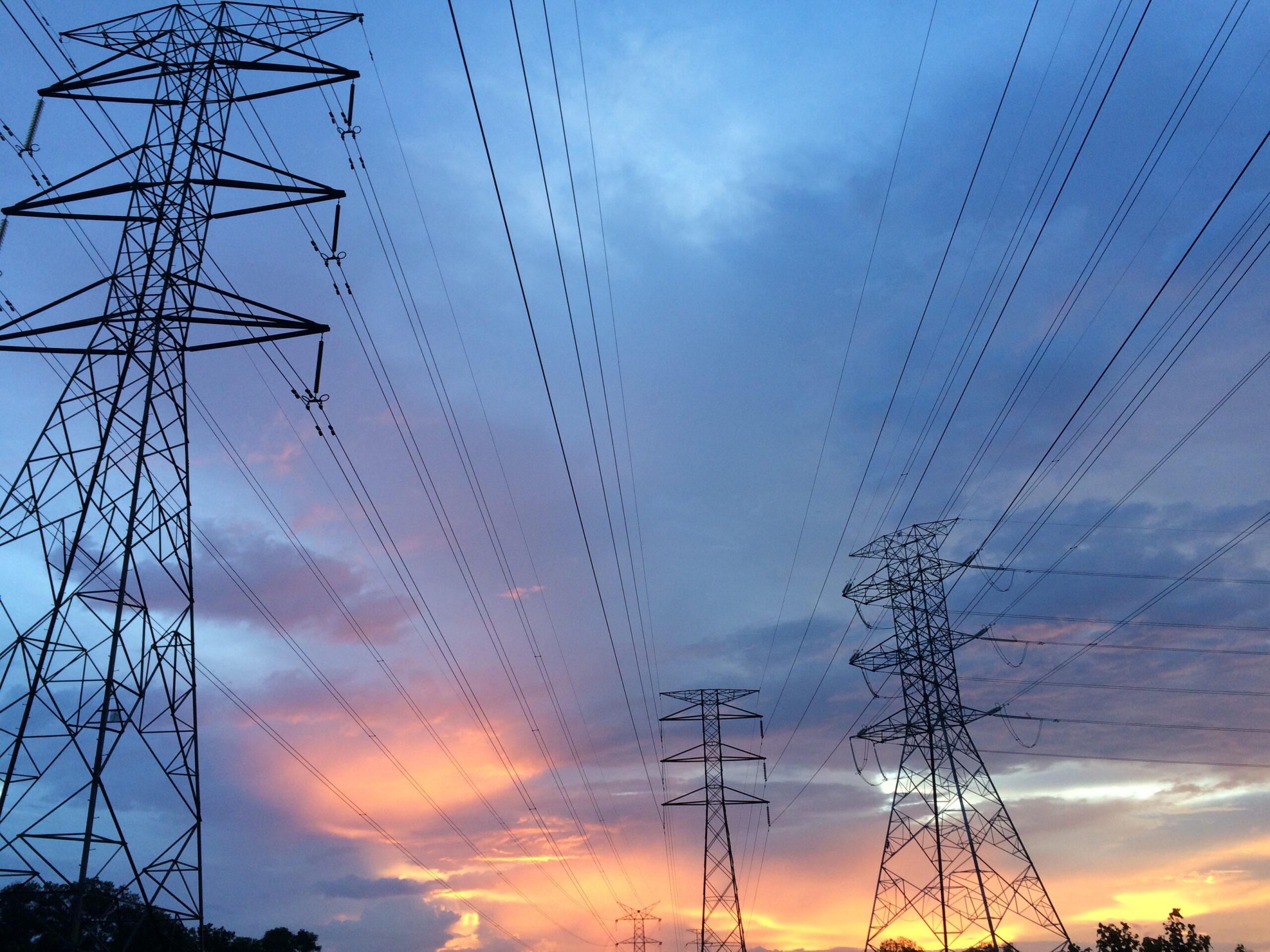It is difficult to identify simple and quick solutions by which to bring down the price of electricity in Spain. Combining the growth of renewable energy generation with the development of storage solutions can open up avenues that can be explored.
Everyone is well aware of how high the price of electricity has become and how expensive electricity bills are. The various records energy prices has broken and the confirmation that 2021 will be the most expensive year in history have multiplied people’s interest in understanding why this is the case and in seeking solutions. This is no easy task, but we will try and shed some light on the matter.
Causes of price growth
What are the main causes of the price increase on the Spanish wholesale electricity market? The first is the high gas price on international markets, which is more than triple the price it was one year ago. This is the result of production cuts in Russia and the cold winter in Europe and Asia, which has reduced reserves. The high demand in China and reduced investment in gas project due as a result of environmental factors have also had an effect. Futures markets would appear to indicate that gas prices will not drop until 2022.
A second cause is the European Commission’s reduction in the permitted amount of CO2 emission permissions, which has doubled in price in one year. A report from Banco de España in relation to wholesale prices would indicate that the increasing electricity prices are 50% related to the price of gas and 20% to the emission permissions whilst the remaining increase is the result of the demand brought about by the heatwave and the low wind power production, which is typical in summer. Finally, the tolls and taxation applied to the sector in Spain to the sector must be taken into account, which all add to consumer bills.
An indirect cause of the problem is the limited connection Spanish grids have with neighbouring countries due to geographical factors. Something similar is also true in Italy and the UK, where electricity prices have also risen. France is extremely dependent on nuclear energy. Germany is connected to the Nordic countries, which have lower prices, export energy and have lower tariffs.
The high price of gas, the European reduction in the number of emission rights and the limited external connection of Spanish electricity grids has contributed to a perfect storm when it comes to electricity prices.
How is the price of electricity established?
The pricing system is currently set by the European Commission. In Spain, the price is set in the energy wholesale market or the electric pool, which consists of producers, suppliers and sellers. It also includes electrical energy qualified consumers. This pool holds a daily electricity auction to decide the price of electricity for each hour of the following day. Buyers ask for the power they will need for each hour and sellers offer a specific amount of energy, based on what they expect to produce, at a given price.
The first types of energy in the auction are the cheapest: wind and photovoltaic. And this is at zero cost because their variable cost is zero. Second is nuclear and hydroelectric, which is also cheap, despite having variable costs. And finally comes combined cycle power, which relies on gas, and also thermal power, which is the most expensive as it causes pollution
This is a marginalist price setting system. Therefore, the last technology, the most expensive one, is the one that sets the price for all consumed electricity. Ultimately, the price is set by supply and demand. If there is high demand and technology is required, then the price increases. This usually the case when it is very cold or very hot.
In principle, price increases affect consumers with regulated tariffs. In the long run, however, other customers on the free market will also be affected. On this market, the sellers will renegotiate contracts on the basis of forecasts that point to higher prices.
The temporary reduction of VAT from 21% to 10% on certain invoice items and the temporary suspension of the generation tax are partial solutions that have been implemented in Spain. But these measures have been outweighed by the rise in wholesale prices. Other structure related measures are being considered, but their implementation is complex and will take longer. These measures affect taxes relating to invoices, but not to energy prices themselves.
Renewable energy and storage strategies as solutions
Accordingly, bringing down the price of energy-related factors is not easy. One possible strategy is to increase the capacity to generate renewable energy, especially photovoltaic. The intention is for these energies to increase the share in the electricity pool and drive prices down.
However, generation capacity alone does not solve the problem, given the imbalance there tends to be with renewable energies between generation, which in some time frames can exceed consumption, and demand, which does not depend on there being sun or wind.
To alleviate this problem, energy generation must be combined with the development of storage solutions. To this regard, the role of SMES such as Zigor Corporación must be pointed out. This innovative SME based in Vitoria is a benchmark in various areas, including in the market for energy storage solutions with batteries and smart modular systems.
It has developed a range of solar inverters, two-way converters and modular storage. The company offers photovoltaic energy solutions for it to be transmitted, distributed, stored, consumed and hybridised with other energy sources.
Lowering the costs of photovoltaic generation and battery storage systems can play an important role towards reducing energy costs.
Only through innovation is it possible to help reduce the price of electricity, particularly in the case of self-consumption in large industries and energy-intensive sectors.
Ultimately, this is a high-price market as a result of various economic and geopolitical factors. Combining photovoltaic generation and battery storage systems can bring hope in a record-breaking electricity ecosystem.







